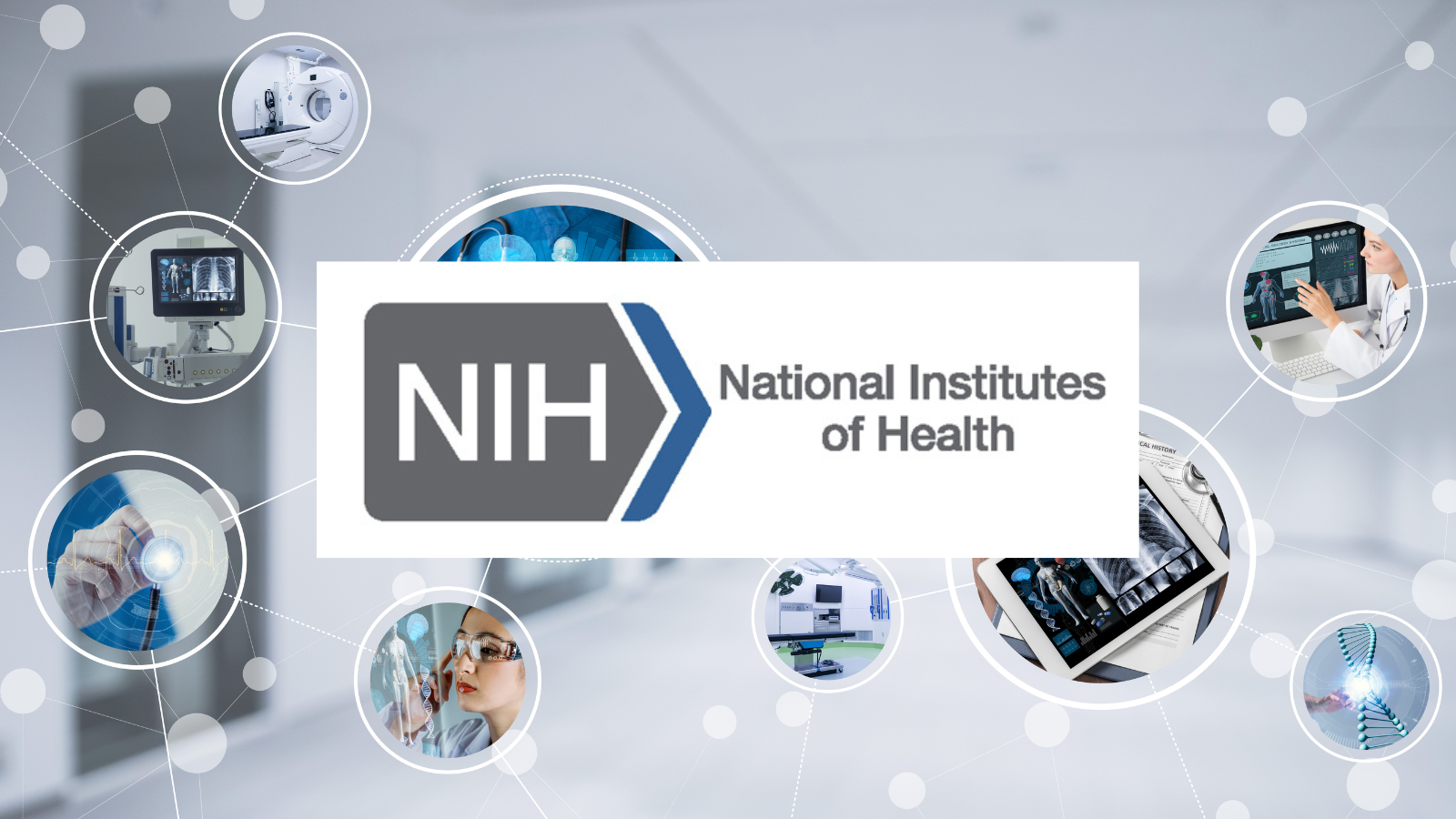Feasibility is often a loosely defined term that might be difficult to pin down. Phase I proposals are designed to ‘prove feasibility;’ i.e. show that your idea actually could work. Showing feasibility lays the groundwork necessary to be successful with a Phase II proposal and ultimately commercializing a product. The extent of proving feasibility will certainly vary depending on your project, your goals, how far along your technology is, and what key technical problems remain to be solved.
In SBIR Ready we help guide you in determining what makes a good Phase I project to demonstrate your idea is feasible. Fortunately, you are in control of how feasibility is defined. In your proposal, you can clearly state that the proposed efforts will show feasibility.
How do I figure out how to show feasibility? Work backwards from your intended commercial product. If you know what your product is supposed to look like, you should ask what you need to accomplish in a Phase II proposal to get to commercialization. With the Phase II project in mind, you should ask yourself what you need to do in order to be prepared to complete this. The efforts necessary to be prepared for a Phase II project are what you can propose for your Phase I feasibility work.
Details and discussion on determining a Phase I feasibility study will be a key component of the SBIR Ready program.
